 The Dominican Republic shares the island of Hispaniola with the nation of Haiti. Hispaniola defines the northern rim of the Caribbean Sea along with Cuba, which lies just to the west, and Puerto Rico, Hispaniola's eastern neighbor. The Dominican Republic occupies the western half of the island.
The Dominican Republic shares the island of Hispaniola with the nation of Haiti. Hispaniola defines the northern rim of the Caribbean Sea along with Cuba, which lies just to the west, and Puerto Rico, Hispaniola's eastern neighbor. The Dominican Republic occupies the western half of the island.
The Dominican Republic is a nation of approximately 5.5 million people. Its significant sources of revenue are the tourist industry, remittances sent home by Dominicans abroad, and the sugar industry. Dominicans speak Spanish as a first language although increasing numbers also speak English. The Dominican Republic has traditionally and predominantly been a Roman Catholic nation. However, there are notable and historic Protestant, Jewish, and Afro-Christian religious communities as well. While the Trujillo government and the Balaguer administration to a lesser degree have emphasized the Spanish ancestry of Dominicans, the population is diverse in its origins. African-descended slaves, Spanish colonizers, and Haitian invaders and later laborers, as well as other Europeans, Middle Eastern and Chinese merchants, and immigrants from neighboring Caribbean islands have all contributed to the diverse population and culture of the Dominican Republic.
In the 1980s, immigration to the United States from the Dominican Republic rose to unprecedented levels. The number of Dominicans legally entering the United States between 1981 and 1990 was far greater than the number of Cubans: indeed, more Dominicans entered the United States in the last decade than any other Western Hemisphere national group except migrants from Mexico .
The Dominican Republic has had a long and often contentious relationship with the United States, its culture, and its citizens. Because of extended periods of U.S. occupation and because of U.S. cultural and political hegemony in the Caribbean basin, Dominicans are familiar with the United States and American culture. U.S. movies and television programs are shown regularly in the Dominican Republic. Baseball is the most popular sport in the country. And American values are admired and emulated by many Dominicans.
According to the 1990 census, most Dominicans have settled in the Northeast (86.3 percent). Though the greatest number reside in New York and New Jersey (nearly 390,000), there are significant Dominican communities in Massachusetts (29,000) and Florida (36,000). These communities are predominantly urban: most Dominicans in New York and New Jersey live in New York City (the Washington Heights neighborhood of Manhattan is one prominent location) and its New Jersey suburbs, while Florida and Massachusetts Dominicans tend to reside in Miami and Boston. By the late 1990s, in New York City, Dominicans were the second largest Hispanic group, after Puerto Ricans. They were also considered the biggest and fastest growing immigrant population in the city.
Many Americans hold several misconceptions about Dominican migrants. Like many other immigrant groups, Dominican migrants have been regarded as coming from the poorest, least educated segment of their country of origin. They have also been accused of placing a substantial burden on federal and state social services. Research conducted in the 1980s has shown both of these ideas to be false. Researchers have reported that the proportion of highly educated Dominicans is greater among the migrant community than among island Dominicans. In the group of Dominicans who entered the country between 1986 and 1991, there were 15,000 professionals. Dominican migrants have also been shown to have more schooling as a group than island Dominicans. Likewise, 99 percent of undocumented immigrants surveyed in 1981 and 85.9 percent of documented immigrants reported that they had never received welfare payments. A majority of both groups also reported that they had never received unemployment compensation or food stamps.



































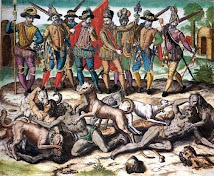

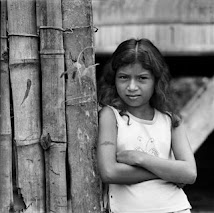

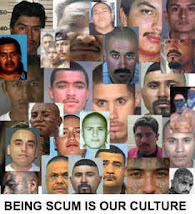.jpg)




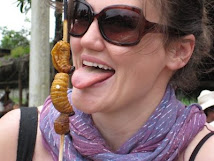

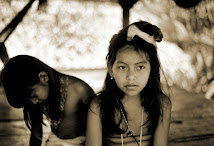.jpg)







No comments:
Post a Comment